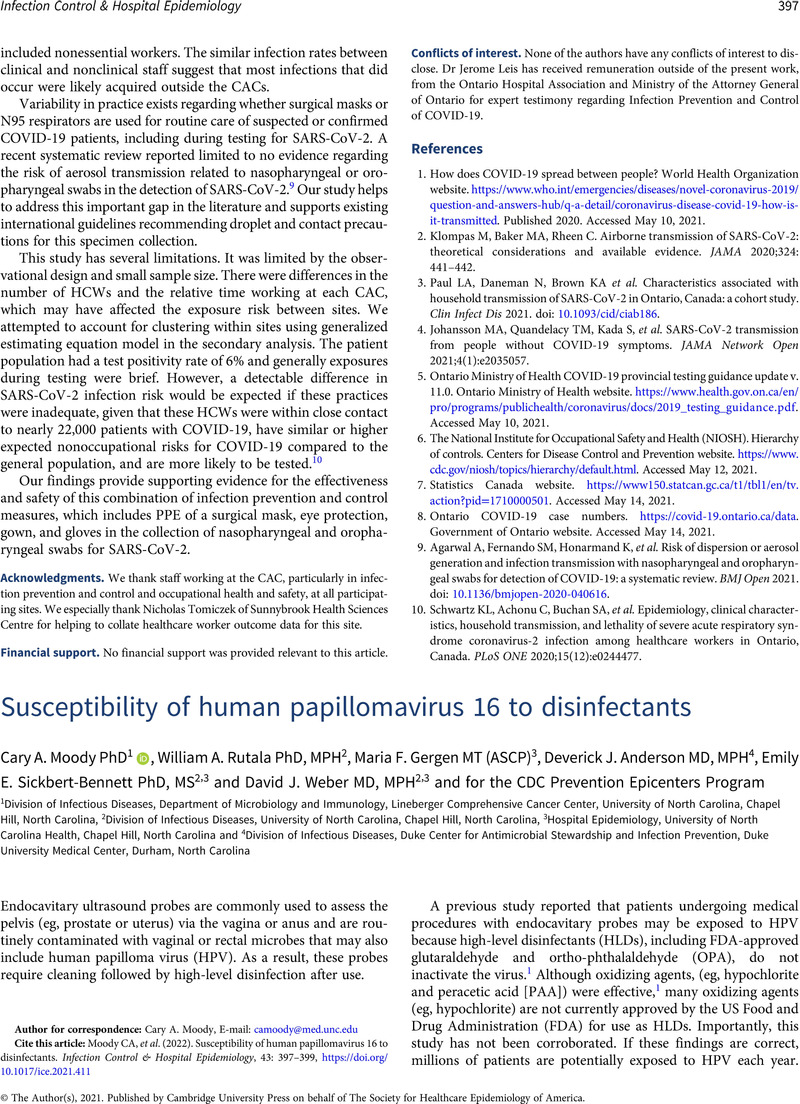Rutala, WA,
Weber, DJ, HICPAC. Guideline for disinfection and sterilization in healthcare facilities,
2008. Centers for Disease Control and Prevention website.
https://www.cdc.gov/infectioncontrol/pdf/guidelines/disinfection-guidelines-H.pdf. Accessed September 21, 2021.
Google Scholar 